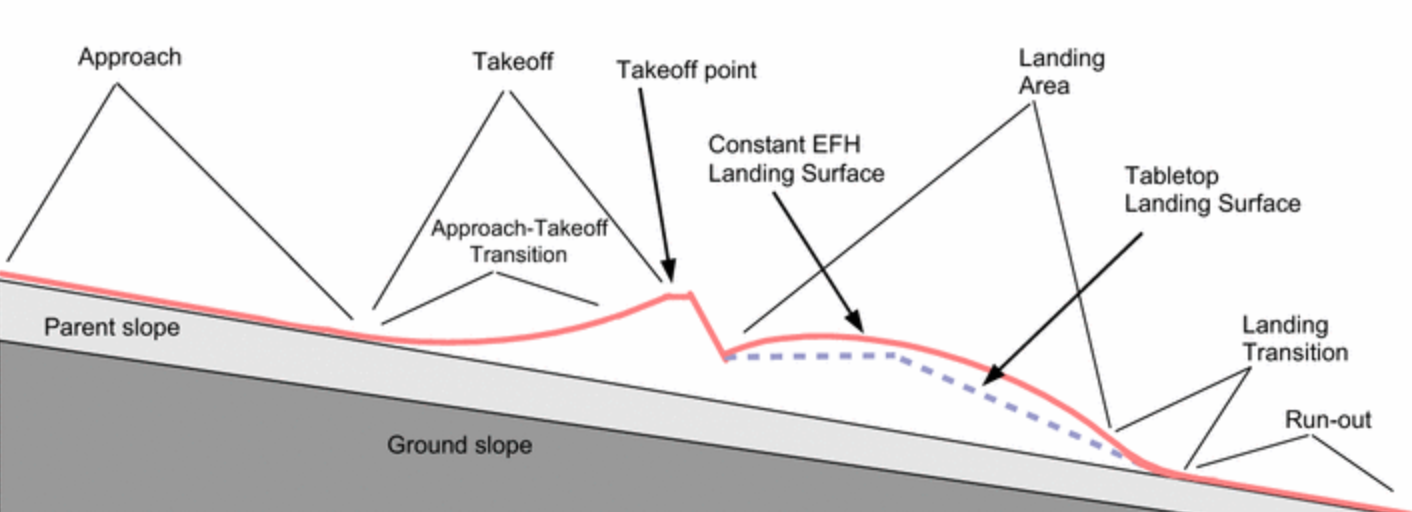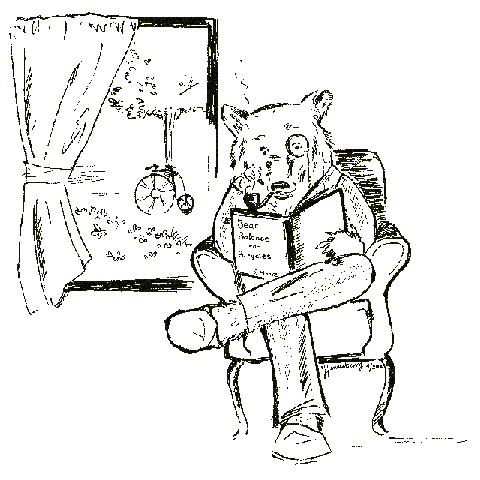Description

Example snow jump with a constant equivalent fall height landing surface.
Equivalent fall height has been proposed as an important measure to minimize for the design of safer ski and snowboard jumps [Hubbard2009]. The equivalent fall height is a proxy measure for the impact energy of a human against a surface. It provides better context for a layperson to perceive the associated danger, i.e. people have a strong experiential sense of the danger associated with falling from a given height. Snow terrain park jump landing shapes can be designed with a specified equivalent fall height by using a simulation of a particle model of a jumper [Levy2015] and this model has been used to develop jump design tools that minimize equivalent fall height [Moore2018].
Prinoth develops snow groomers that are used to build public use and professional level terrain parks. They have computer aided design and construction tools that allow jumps to be built at centimeter level precision. The landing area of the jumps (the sweet spot) are designed to minimize impact forces. The following video demonstrates the approach and capabilities:
The goal of this project will be to measure impact on a variety of terrain park jumps using mobile sensor technologies and a selection of skiers and snowboarders to validate the effectiveness of the low impact jump designs and then transfer those findings into the simulation system.
This project will start as an internship where you will work with Prinoth employees in Sterzing, Italy to collect impact data in real jumps and learn about their design methodologies. You will be advised by Drs. Jason K. Moore (TU Delft) and Mont Hubbard (UC Davis). This will be followed by an MSc graduation project that focuses on impact data analysis and interpretation, jumper model validation, and model improvement incorporation into the ski jump design web application and Prinoth's simulation system.
The X camp terrain park is available to test on between August and October, thus the internship will need to start in at least by July to prepare for data collection in August.
More information on past research in on this topic can be found on the ski jump research page.
References
| [Hubbard2009] | M. Hubbard, "Safer Ski Jump Landing Surface Design Limits Normal Impact Velocity," Journal of ASTM International, vol. 6, no. 1, p. 10, 2009, doi: 10.1520/STP47480S. |
| [Levy2015] | D. Levy, M. Hubbard, J. A. McNeil, and A. Swedberg, "A design rationale for safer terrain park jumps that limit equivalent fall height," Sports Engineering, vol. 18, no. 4, pp. 227–239, Dec. 2015, doi: 10.1007/s12283-015-0182-6. |
| [Moore2018] | J. K. Moore and M. Hubbard, “skijumpdesign: A Ski Jump Design Tool for Specified Equivalent Fall Height,” The Journal of Open Source Software, vol. 3, no. 28, p. 818, Aug. 2018, doi: 10.21105/joss.00818. |
How To Apply
If you would like to apply for this project, please send an approximately half page letter explaining your motivations and interest in the lab and project, CV or resume, a list of courses you've taken, the name of your MSc track, and any other relevant information to j.k.moore@tudelft.nl.

